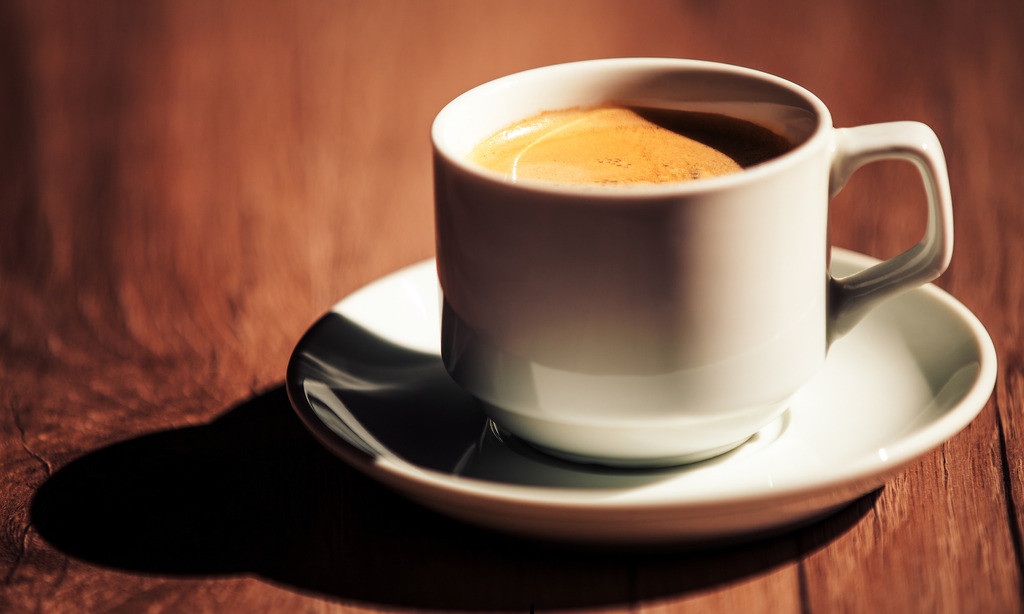The production process and main ingredients of coffee
Coffee production process
From coffee cherries to coffee in a cup requires a complex processing process.
Coffee beans: coffee beans are separated from coffee cherries.
Roasting: The process of developing the flavor and aroma of coffee beans. The excellent roasting process allows the coffee beans to fully volatilize its unique taste and aroma.
Grind: grind roasted coffee beans into granules.
Extraction and aroma preservation: remove coffee grounds, extract active ingredients, preserve coffee aroma.
Evaporation: removal of water.
Drying: making coffee powder from concentrated coffee slurry.
The main components of coffee
Caffeine: has a particularly strong bitter taste and stimulates the central nervous system, heart and respiratory system. Moderate caffeine can reduce muscle fatigue and promote digestive secretion. It promotes kidney function, has a diuretic effect, and helps the body expel excess sodium ions from the body.
Tannin: Boiled tannins break down into pyrochloric acid, so coffee brewed too long will taste worse.
Fats: The most important of these are acidic fats and volatile fats. Acidic fat, or fat, contains acids, which vary in strength depending on the type of coffee; volatile fat is the main source of coffee aroma, which emits about 40 aromatic substances.
Protein: A major source of calories, but not a high percentage. Coffee powder protein in brewing coffee, most will not dissolve out, so intake is limited.
Sugar: Coffee beans contain about 8% sugar, most of which will be converted into caramel after roasting, making coffee brown and sweet with tannins.
Fiber: The fibers of the raw beans are carbonized after roasting and combine with caramel to form the hue of coffee.
Minerals: contains a small amount of lime, iron, phosphorus, sodium carbonate, etc.

Important Notice :
前街咖啡 FrontStreet Coffee has moved to new addredd:
FrontStreet Coffee Address: 315,Donghua East Road,GuangZhou
Tel:020 38364473
- Prev

Yunnan Coffee strives for "International voice" to open Yunnan on Wednesday, October 5, 2016
After years of hard work and efforts, the 26th World Coffee Science Conference, known as the Olympic event of the coffee industry, will be held in Kunming from November 13 to 19 this year. This is the first time that China has held the World Coffee Science Conference. At that time, there will be hundreds of delegates from more than 60 countries, as well as Nestle, UCC, illy, Hougu and other famous Chinese and foreign coffee products.
- Next

Which city is the earliest coffee shop in China?
The Arabs failed to spread coffee in Asia, but the Dutch did! In the process of colonization, they grew coffee in Malaba, India, and brought it to Batavia in what is now Java, Indonesia, in 1699. The Dutch colonies once became the main supplier of coffee in Europe. At present, Indonesia is the fourth largest coffee exporter in the world. Coffee in
Related
- Being chased out of the rain in front of Starbucks?! Store: Sheltering from rain under umbrellas poses a safety hazard
- The white moonlight has changed?! Lucky launches "Big Winter Pear American"
- Hand-brewed coffee three-stage method, high-sweet and universal brewing method to share! What does the high sweet water level of hand-brewed coffee mean?
- What is the difference between raw, refined and full espresso coffee? How to extract espresso and taste good?
- A complete list of coffee bean names and their meanings! What is Yejia Shefi coffee? Where is Mantelin coffee?
- What grade does Arida Manor Kaduai coffee beans belong to? What treatment is Arida ASD slow anaerobic sun exposure?
- The milk tea cup becomes smaller?! Overlord Tea Girl launches a new "Return to Yunnan" series
- Accused of selling counterfeit and high-priced coffee beans! Well-known boutique coffee brand "Oukelao" bowed and apologized!
- How to make espresso dumplings? Can I eat coffee and glutinous rice balls together?
- Save the unformed and stagnant powder cakes in one second! What is the problem with stagnant water in the powder bowl of the espresso machine?

